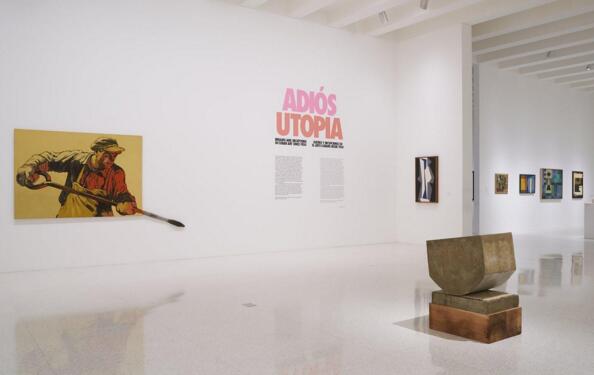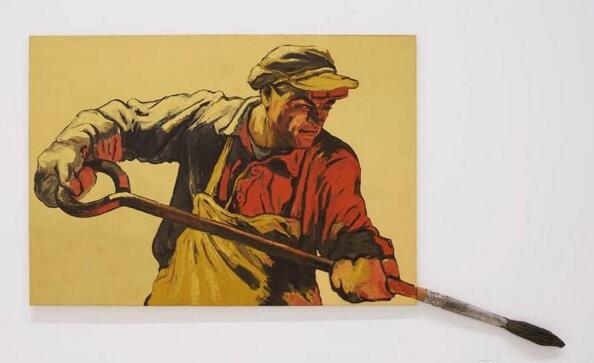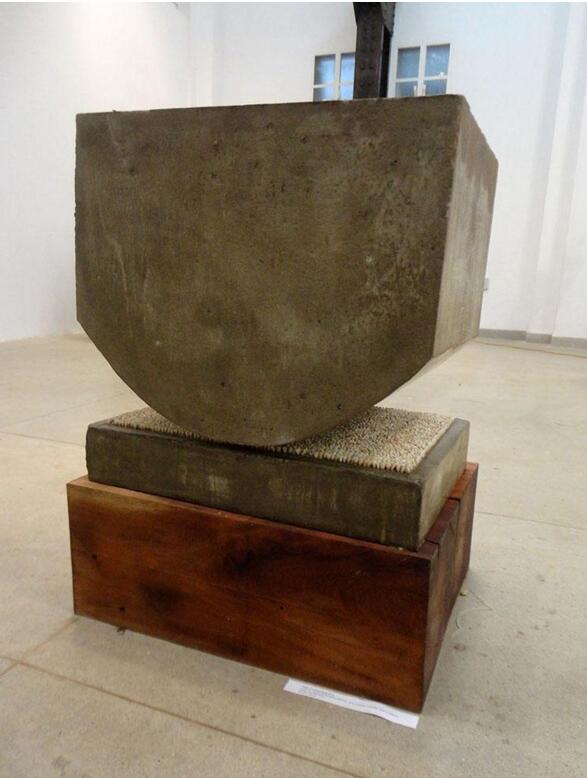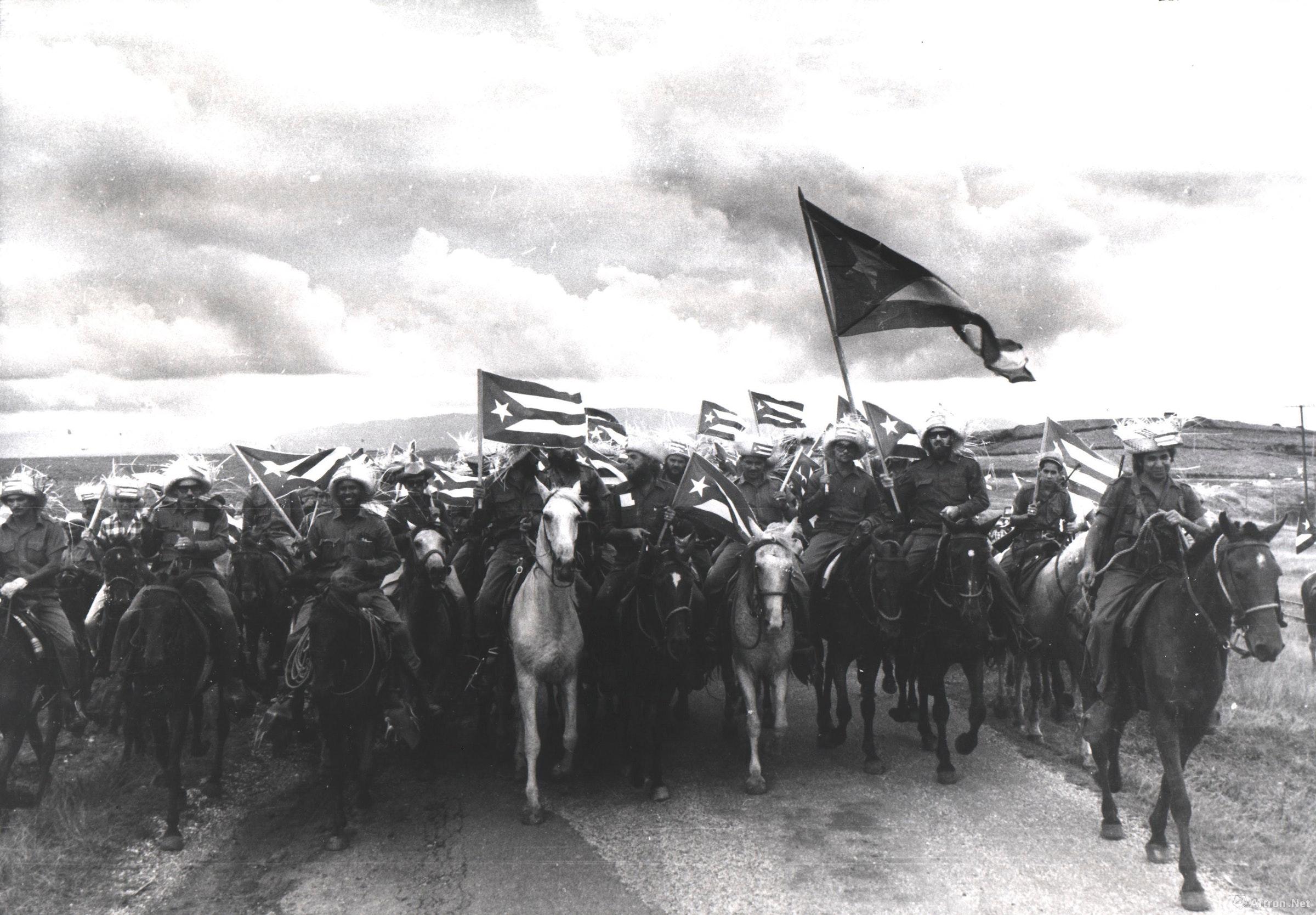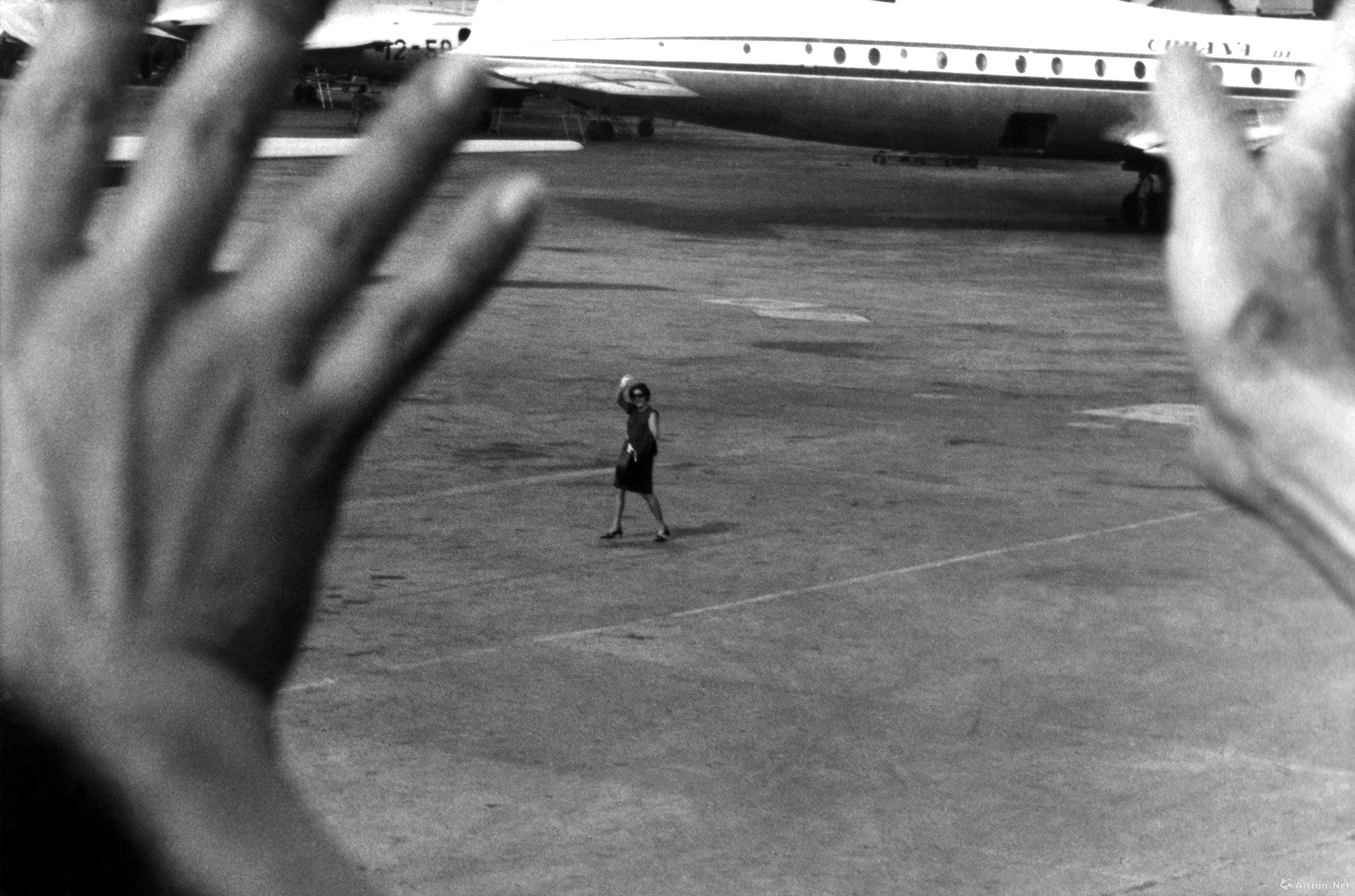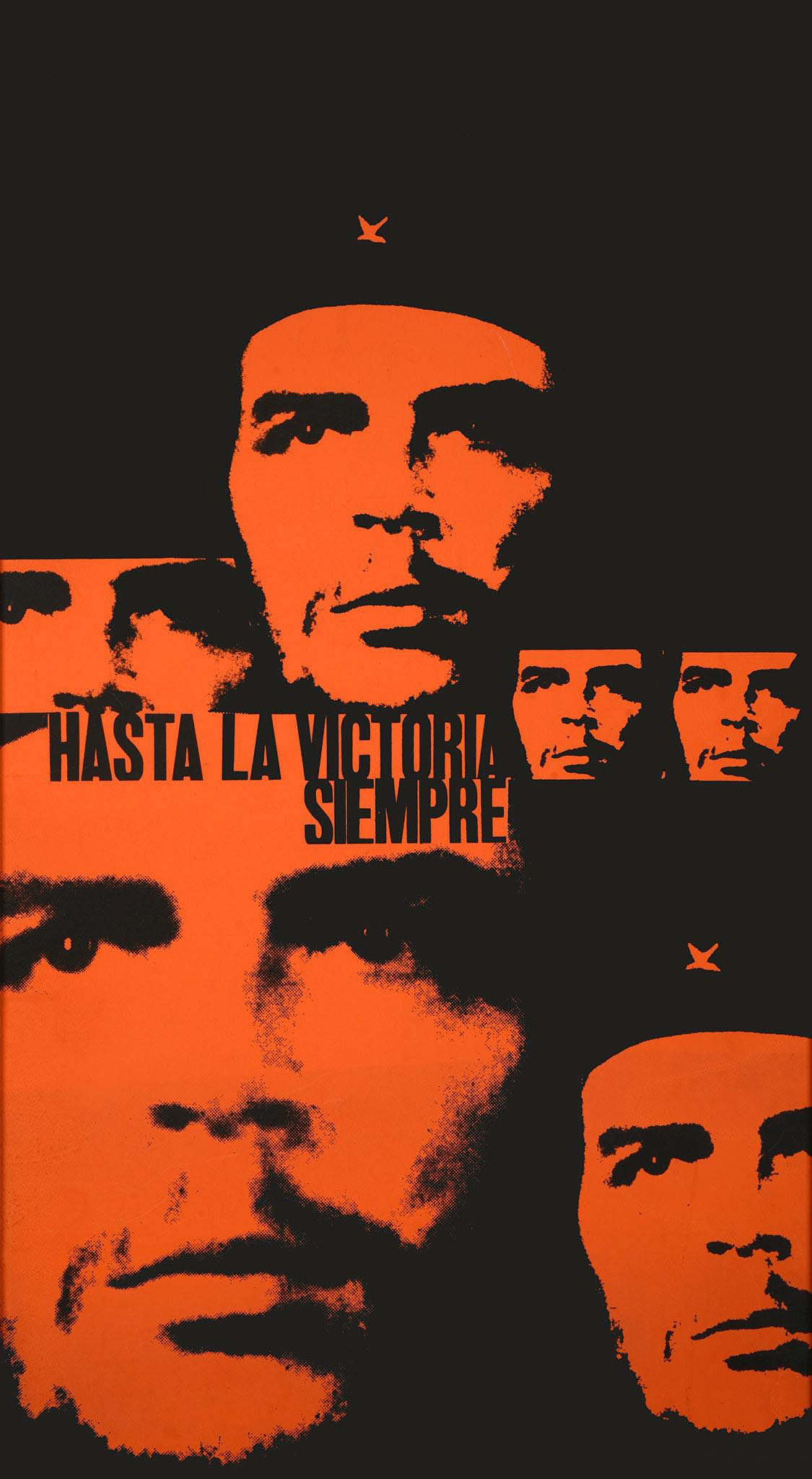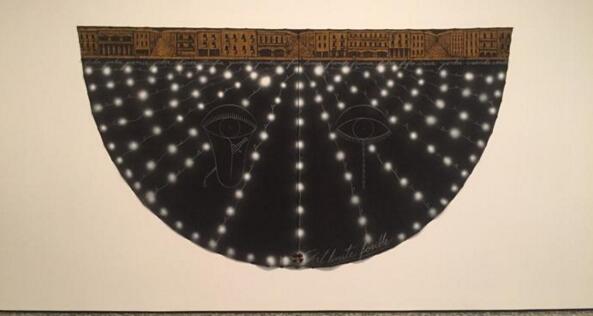Manuel Piña, Sin tÃtulo, from the series "Aguas baldÃas (Untitled, from the series Water Wastelands)" (1992–1994). Daros Latinamerica Collection, Zurich. ©Manuel Piña When it comes to Cuban contemporary and contemporary artists, the first words people think of are the names of Wifredo Lam, Carmen Herrera and Tania Bruguera. Because their works combine Western abstract art, Latin American art traditions and Cuban local characteristics. Not only that, but many Cuban artists have gained an opportunity to be known to the world because they have entered the mainstream art business platform in the West – most of the Cuban artists we know. In November 2017, at the Walker Art Center in Minnesota, USA, an exhibition "Goodbye Utopia: Cuban Art since 1950" is a more objective display of the panorama of Cuban contemporary art and broadens the narrative of Latin American contemporary art. Exhibition hall As the “largest and most important exhibition of Cuban contemporary art ever†(cured language), this exhibition presents a vivid group image for artists who have lived or are now living on the romantic island of Cuba. In the time span, from the decade of the deterioration of relations between Cuba and the United States, about 1949, until the US President Barack Obama's administration, the period of ancient-American relations was more moderate, about 65 years. As early as 2013, the CIFO Art Foundation in Miami began to sculpt this exhibition and selected three curators who studied Cuban art: Geraldo Moss, one of the founders of the Havana Biennale. Gera, Elsa Vega, former curator of the National Gallery of Havana, and René Francisco RodrÃguez, professor of the Havana Institute of Fine Arts. The exhibition was not smooth sailing, and the original exhibition venue, the Perez Art Museum in Miami and the Hirschung Museum in Washington, cancelled the cooperation plan in view of the controversial nature of the exhibition. René Francisco Rodriguez and Eduardo Ponjuán's Productivismo (1992), as installed in Adiós Utopia: Dreams and Deceptions in Cuban Art Since 1950. Photo: Dylan Nelson for Walker Art Center The curatorial party tried to avoid any political inclinations, but the sensitive theme of "Cuban contemporary art" still gave the audience a huge impact on the mind. In the center of the exhibition hall, two concrete blocks and a cast copper "teeth" sandwiched between them seem to be ready to devour anything that enters its range. This is Yoan Capote's device Stress. Teeth - as a substitute and symbol for humans, seem to be overwhelmed by the weight of two huge concrete blocks. Yoan Capote,Stress (in memoriam), 2004-2012, Concrete, wood and real teeth of different people No matter how you look at it, the exhibition reveals a tragic emotion: human life is so fragile in the social tide. This feeling can also be evoked by Eduardo Gonzalez and Rene Francisco Rodriguez's "Productionism." One of the workers in the picture seems to be using a paintbrush instead of a shovel to shovel coal from a hot stove. This is a typical socialist realism style, which casts a layer of utopia in the exhibition. Similarly, in Flavio Garciandia's oil painting "Ella está en otro dÃa", a girl lying on the grass reveals a sweet smile, which has almost surpassed The utopian imagination, but it points to a near-fantasy situation. Flavio GarciandÃa (Villa Clara, Cuba 1954). "Ella está en otro dÃa" (She is in Another Day). 1975. Oil on canvas. 44 7/8 x 10 1/2 in. Private Collection, Courtesy of the artist The earliest works in the exhibition originated in the 1950s. Prior to that, the international character of Cuban art was mainly embodied in the concrete art paintings and sculptures common in Latin American art. The geometric lines and logic in the works conveyed another utopianism – the West. The blend of modernism and Latin American aesthetics in the mid-20th century. The numerous abstract works in the exhibition, with balanced and harmonious artistic language, transcend the differences brought about by politics and pursue the universal beauty of the human spiritual world. In the 1960s and 1970s, Cuban domestic art creation showed a strong revolutionary romanticism. For example, Raúl Corrales Fornos's photography, La CaballerÃa, records a group of warriors who ride on horseback and wave their national flags. In sharp contrast to it, José A. Figueroa's photographic work Olga was completed in 1967. This photo shows the moving people at the airport waving goodbye. The scene expresses the most common and warm family under the turbulent society. Raúl Corrales, La caballerÃa (Cavalry), 1960. Couturier Gallery, Los Angeles. ©Estate Corrales, courtesy of Couturier Gallery, Los Angeles José A. Figueroa, Olga1967, from the seriesExilio (Exile). Photo courtesy the artist and Estudio Figueroa-Vives, Havana In addition, the most inspiring of the exhibition is a contemporary style created by the deconstruction of once idols and symbols. After the collapse of the Soviet Union, the Cuban economy was worsened, and the government’s cultural policy was tightened again, leading to the circulation of a large number of artists’ works to overseas through various means – this is the contemporary art of Cuba we see today. For example, in the exhibition, several works of deformation, coloring and other deconstructive treatments of Che Guevara's image suggest that Cuban artists have been greatly influenced by Pop Art. This point is reflected in both artistic creations in Cuba and abroad. Antonio Pérez González (Ñiko), Hasta la victoria siempre (Toward Victory Always), 1967 Despite the major challenges of the economic blockade, the latter part of the exhibition is still poetically reminding us that Cuba is, after all, a beautiful country surrounded by the sea in the Caribbean. For example, Manuel Piña's photographic work Untitled captures the moment when a boy jumps into the sea. This photo was taken in 1992 and expresses multiple emotional entanglements: the joy of facing the sea and the confusion of the future. Four years later, in 1996, the artist "Al lÃmite posible" by José Bedia expressed the freedom of the sea with sea, promenade, lights, life rafts and other elements. Utopia's fantastic realist interpretation. José Bedia, Al lÃmite posible (To the Possible Limit), 1996 "Goodbye Utopia: Cuban Art since 1950" tells us about the art story that happened in Cuba between poetic bitterness and joy. Like a wonderful opera, the rich exhibits are full of artists' illusions: through their unremitting creations to build their own artistic utopia, and let the world understand the artistic power of this Caribbean island. Want to know more about copper carving prices, copper carving wholesale, bronze sculpture joining, copper carving procurement related information, can visit http://tongdiao.99114.com/ Zhejiang Yijue Import And Export Co., Ltd. , https://www.yijuecashmere.com
